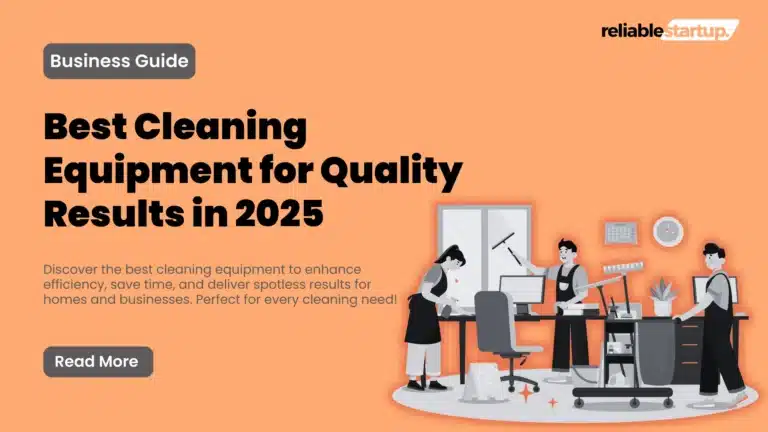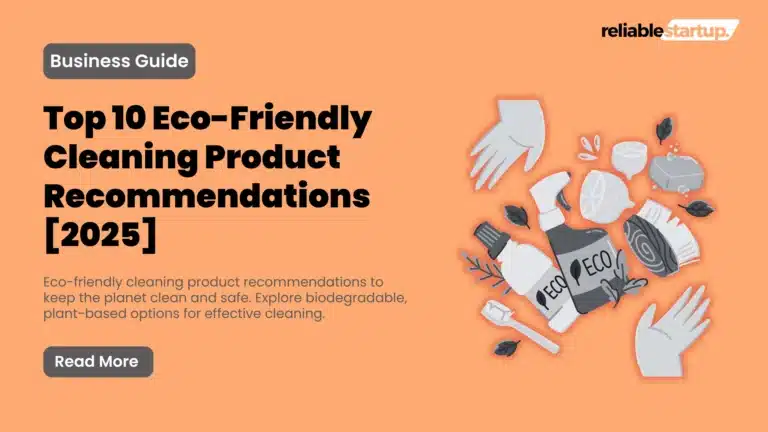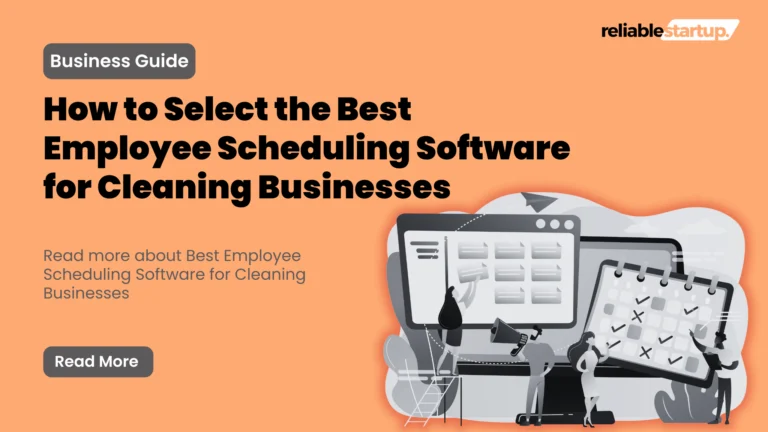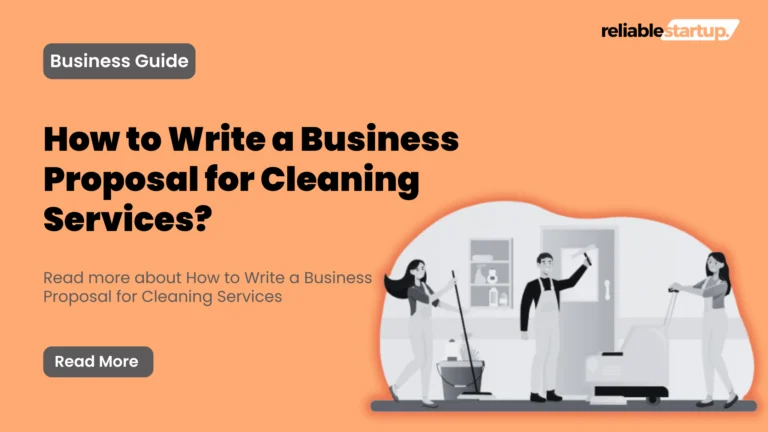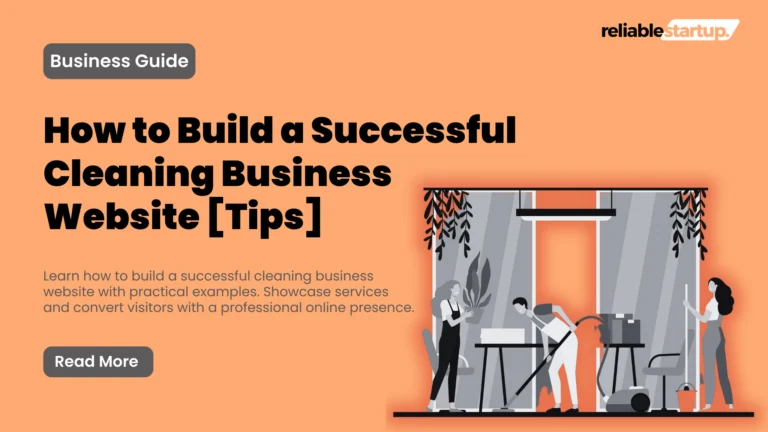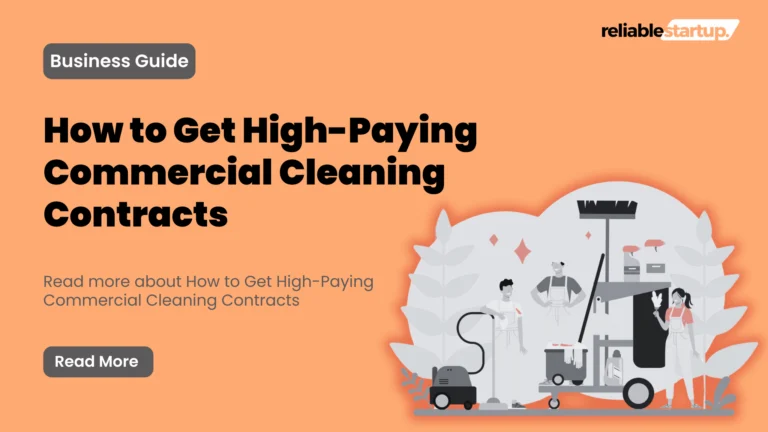5 Proven Recurring Revenue Models for Cleaning Services
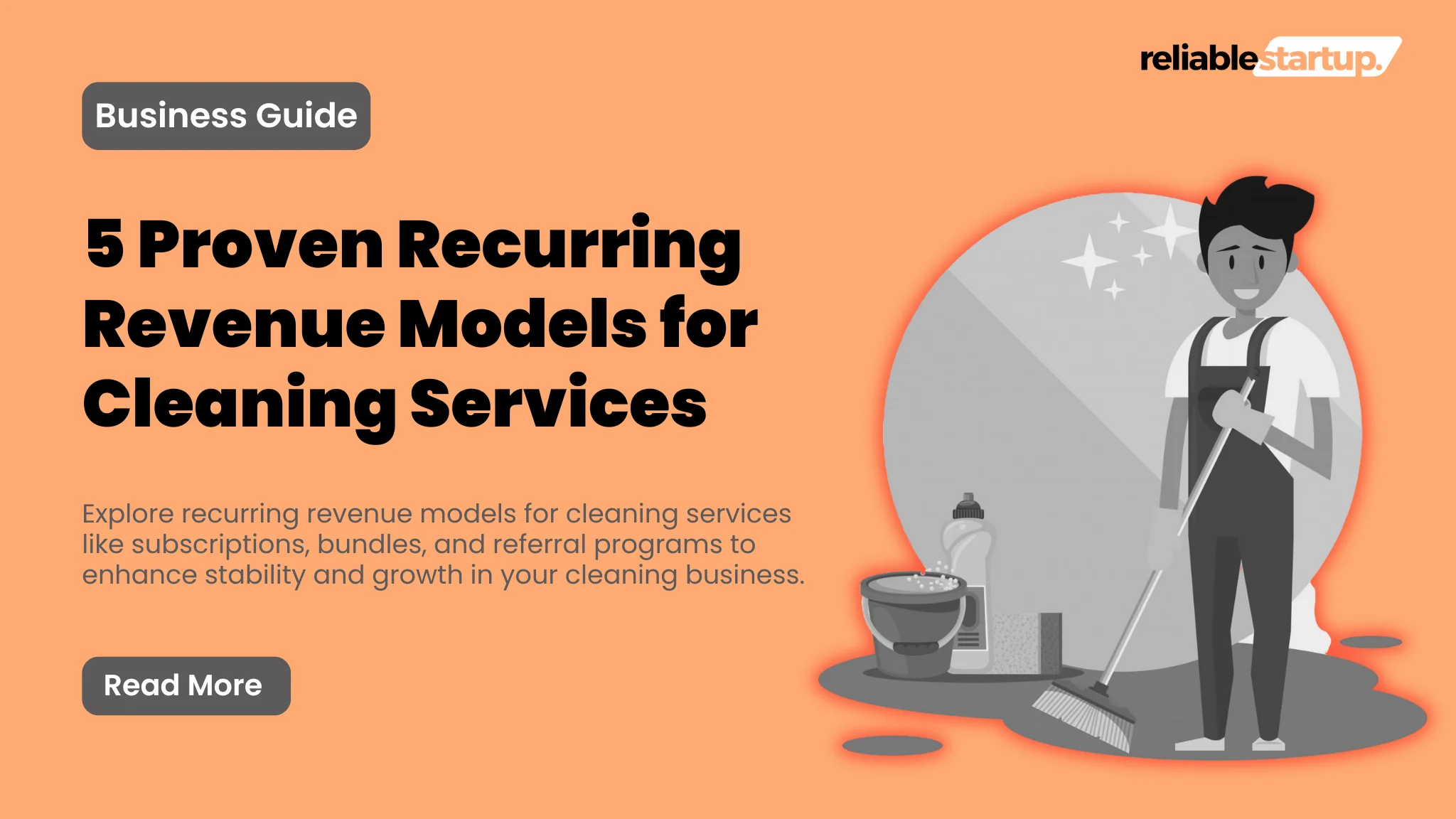
When someone starts a cleaning business, it’s exciting! But soon, they realize it can get pretty unpredictable. One week, you could be fully booked. Next, you might not have a single customer.
So, the question arises: How can you have a consistent source of revenue?
Don’t stress, though! We’ve put together a list of the most common recurring revenue models for cleaning services. Read them to grow your business without feeling overwhelmed.
Benefits of Recurring Revenue Models in Cleaning Services
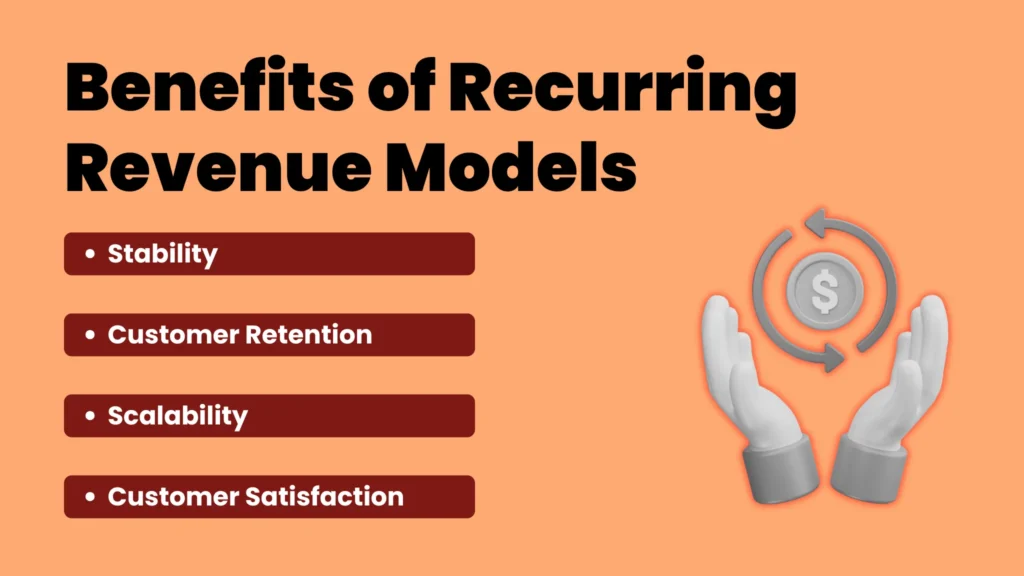
Check out some of the benefits of adopting a recurring revenue model for your cleaning business.
Stability
With a recurring revenue model, you know what to expect each month, even during slow times. No more worrying about bad days or uncertain months.
Customer Retention
Think about it! When you provide regular service, your relationship with clients grows stronger. They get used to your work, and you become their go-to cleaning service. This keeps them coming back, month after month.
Scalability
With a recurring model, you can predict your growth. You know how much business you’re getting, and that makes it easier to plan your next steps. You can manage your resources without any guesswork.
Customer Satisfaction
Regular service means your clients are happier. They know they can count on you. This leads to positive experiences, which often result in them referring you to others.
Also Read: How to Find Clients for Your Cleaning Business: A Guide
Recurring Revenue Models in Cleaning Services
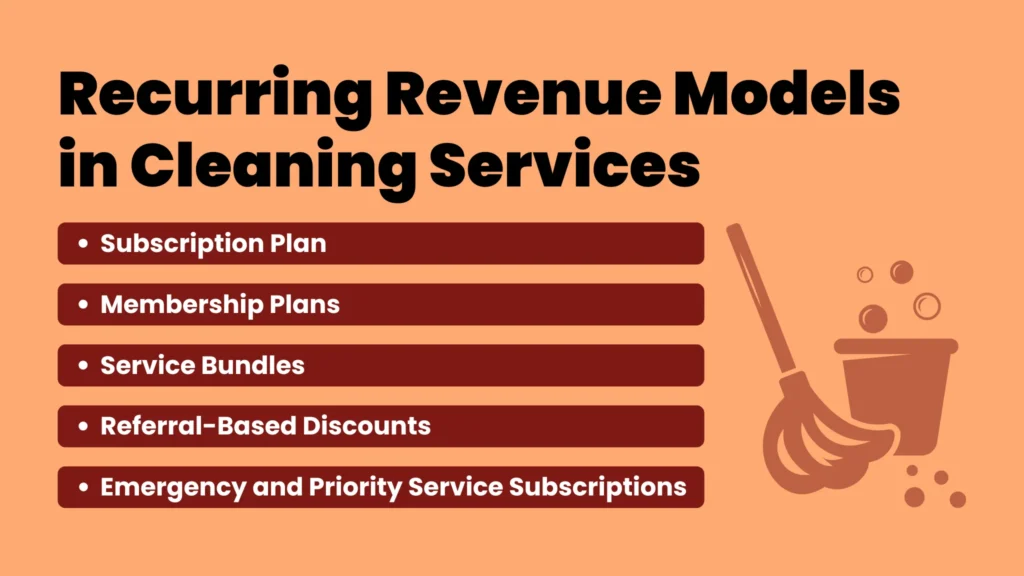
1. Subscription Plan
One model that can work perfectly for your business is having a subscription plan. This means when customers subscribe to your service, they pay you a fixed amount for the whole month or week. It’s simple and predictable. It gives both you and your clients peace of mind.
For example, BerryClean offers cleaning subscriptions to match customers’ needs. They have different membership plans like:
- Gold
- Platinum
- Diamond
Customers can choose weekly, bi-weekly, or monthly cleaning services.
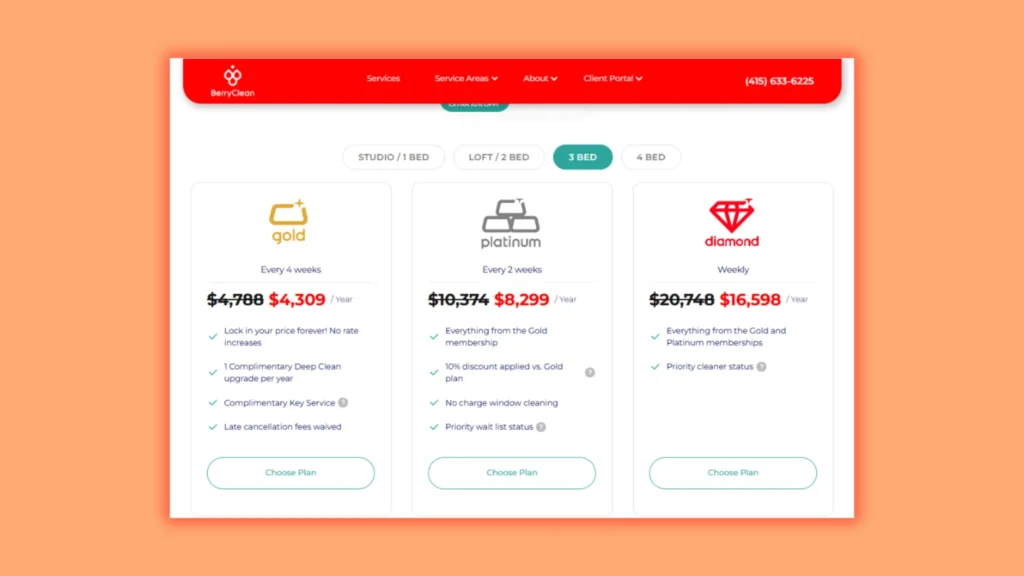
2. Membership Plans
Another promising revenue model that will be valuable to your cleaning business is the membership-based product offering. It means to offer some membership plans. With these, you can give your regular customers special perks like:
- Discounted services
- Priority scheduling
- Free add-ons
These benefits make your services more attractive and valuable. Customers will see the extra perks and are more likely to stick with your business. It’s a simple way to build loyalty while ensuring steady income.
Check out how HomeAGlow offers a special $30 discount to their members. Isn’t it a great way to make regular customers feel valued and appreciated?
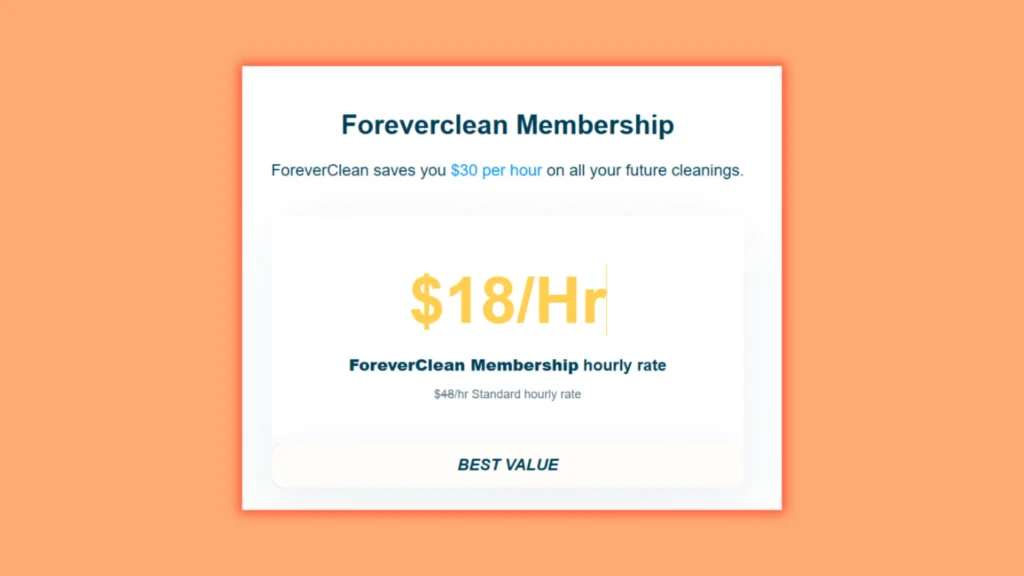
Read Blog Post: Top 9 Marketing Tips for Cleaning Services
3. Service Bundles
Service bundles with discounts are a great way to keep your cleaning business steady. This means customers pay upfront for a service package instead of paying after each visit. This means you get all the payments right at the start.
It’s a win-win. Customers save money with the discounted rate, and you get guaranteed work. Plus, once they’ve paid, they’re more likely to stick around and stay loyal.
But here’s the thing—people will only pay upfront if your offer is too good to resist. So, make sure to give them the best deals possible.
You can take the example of Handy. They offer a 20% discount on their monthly and annual service bundles.
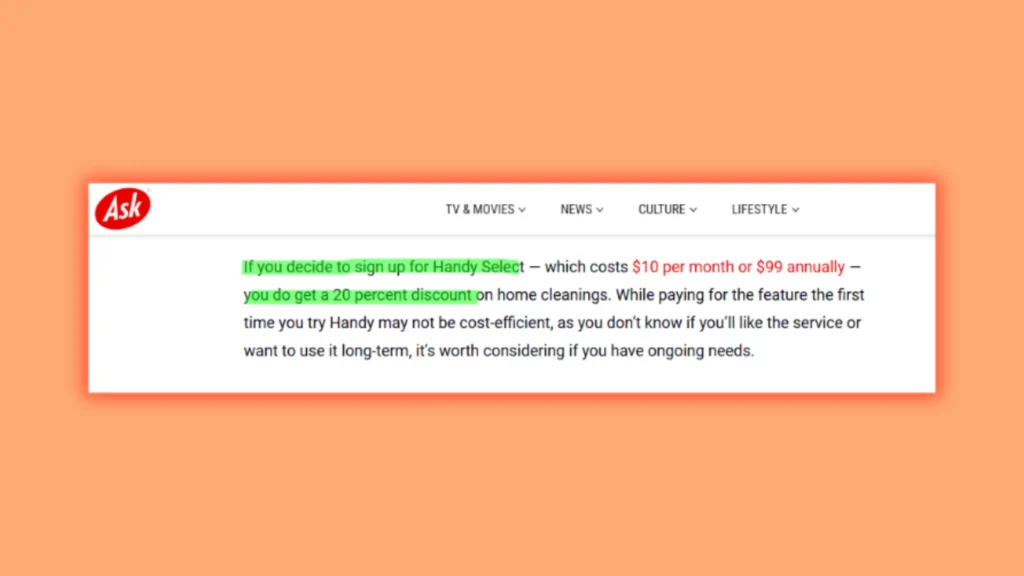
4. Referral-Based Discounts
In this type of recurring revenue model, you give your customers a reason to recommend your business to others.
For instance, you can offer them 10-20% off their regular prices for two months for every referral that works.
In this way, your previous customers feel valued, and you attract new customers effortlessly.
The best thing about this model is that your discount will not cost your company anything. The new customers that your current clients will bring in will actually pay for that discount and more.
It is probably the simplest and best way through which one can grow his or her cleaning business as the customers are always happy.
Tidy Servicescrope offers a straightforward $50 discount through its referral program.
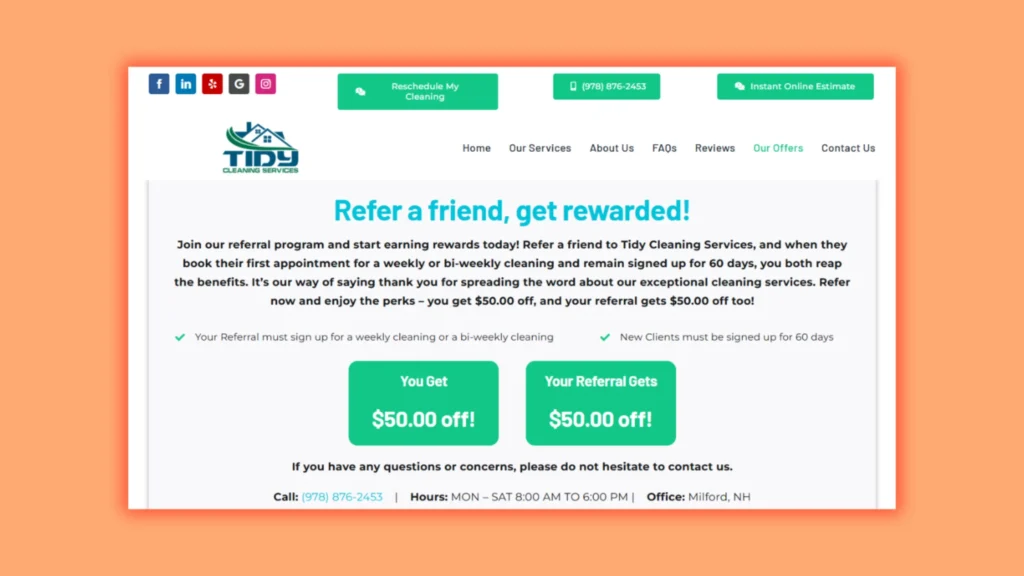
5. Emergency and Priority Service Subscriptions
Let’s suppose your client has a big mess at home. A burst pipe or a last-minute party cleanup. They’re probably feeling stressed and just want it sorted, right?
That’s when they want someone to help them clean up. At that very moment, hiring a cleaning company to go through the entire process is inconvenient. You can offer them something special for such situations!
For example, a free emergency cleaning service was their reward after spending $50 on regular cleaning. Or you can offer a service where clients can call and get immediate cleaning help This way, you’ll become the first one they call.
ServiceMaster Clean offers special disaster management services as part of its overall services model.
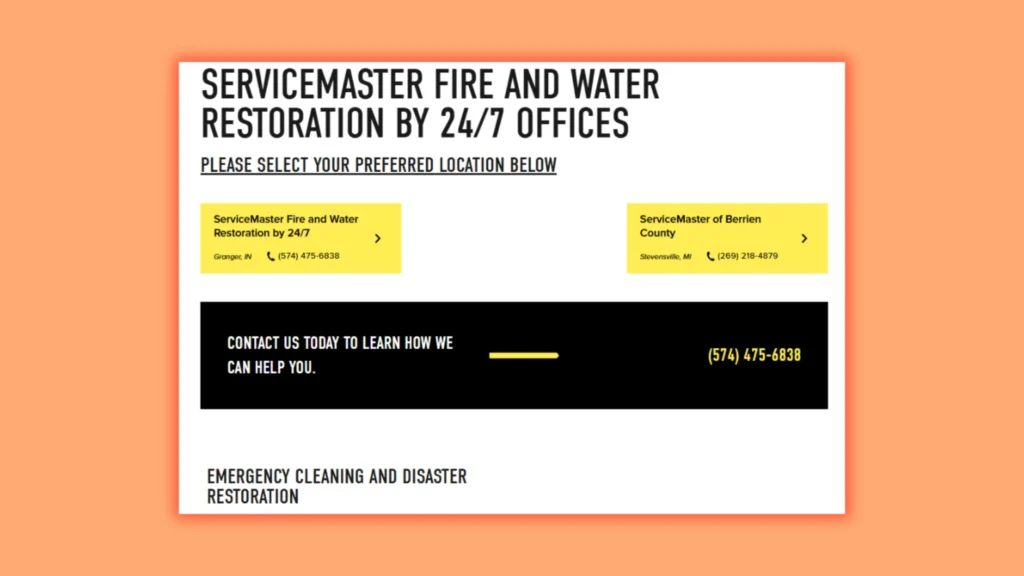
It’s not just about cleaning. It’s about being there for them when things go wrong. Doing something like this could really help build trust.
It will make your clients feel like they’re taken care of. It keeps them coming back, knowing they can rely on you anytime.
Things to Remember
We’ve discussed some models that can be very helpful for your cleaning business. But here’s the key takeaway:
- It’s not just about the model you adopt. While it plays a role, it’s not everything.
- What truly matters is what you offer in your services and how sincerely you perform the job.
Do you really clean their home in a way that makes their guests wonder, “Who cleaned this place? It looks amazing!”
Always do your best to provide top-class service. You can then offer amazing discounts plus recurring revenue strategies to help your business grow once you’ve built a solid reputation.
If you’re still feeling lost running your cleaning business, get our service now!
FAQs
1. How do you model recurring revenue?
Recurring revenue is modelled by focusing on repeat income. This comes from subscriptions, memberships, or contracts. Businesses track customer renewals to predict earnings.
2. What are the three main types of revenue models?
The three main revenue models are listed below:
- Transactional Revenue Model: Income from each sale.
- Freemium Revenue Model: Basic services are free for the users.
- Recurring Revenue Model: Income from ongoing payments.
3. What is an example of recurring revenue?
Netflix subscription is an example of recurring revenue. Customers pay monthly for access to content.
4. What is the recurring revenue model of a business?
The recurring revenue model relies on regular payments from customers. This can be through subscriptions or contracts. It ensures steady cash flow and customer loyalty.

